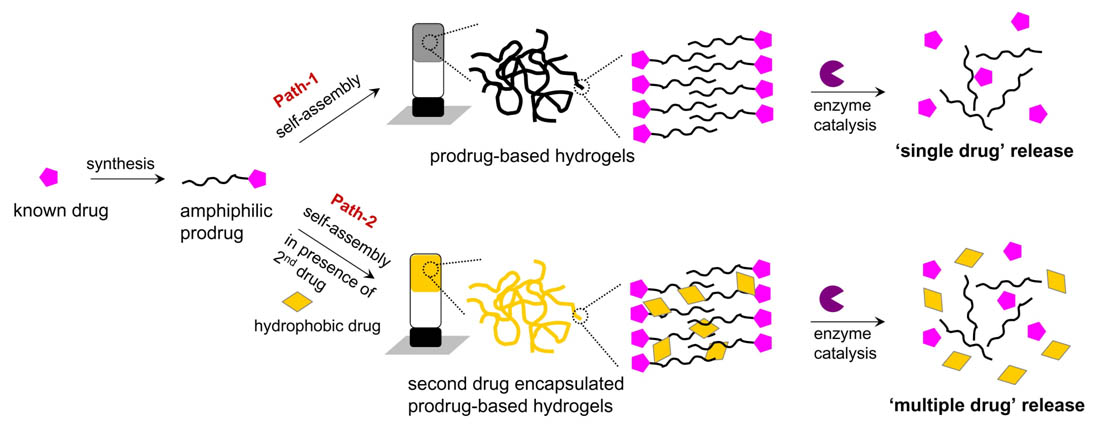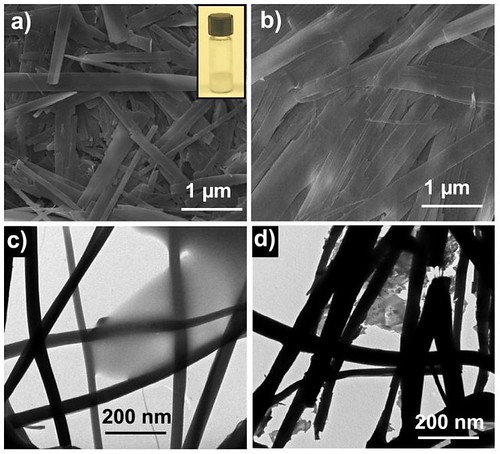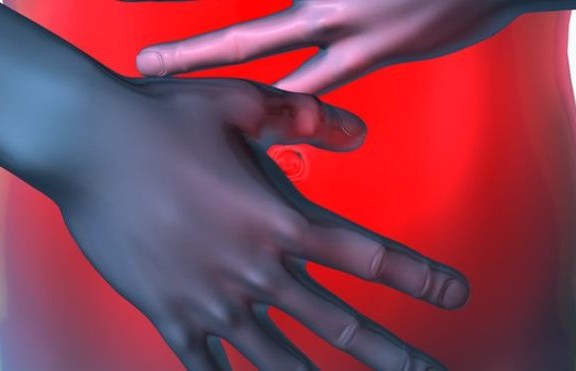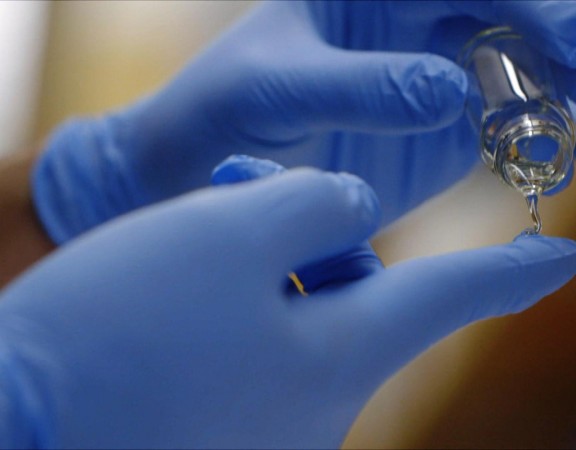Biomaterials
SELF-ASSEMBLING DRUGS
One of the fundamental problems in drug-delivery is striking a balance between toxicity and therapeutic effect. Hydrogels have been widely applied as intelligent carriers in controlled drug-delivery systems. Self-assembled hydrogel-based drug-delivery has been hindered by the unknown fate of the host gelator after the gel degradation. Thus, we propose a conceptually novel approach to address these limitations. The existing ambiguity can be substantially decreased by designing prodrug-based LMWGs from existing drugs whose metabolic pathways are well documented (See Figure below).
Our present approach (degradable prodrug-based self-assembled hydrogels) overcomes this hurdle as it degrades into pure drug with a single biocompatible fatty acid upon enzyme mediated gel degradation. In addition, this approach provides an opportunity to engineer the delivery systems in responsive to biological stimuli such as an enzyme.
We are developing low-molecular-weight amphiphiles from known-drugs (pro-drugs) with enzyme labile links which can undergo self-assembly to generate hierarchical nanostructures. These enzyme responsive drug delivery systems are non-cytotoxic, biocompatible and biodegradable with potential for simultaneous delivery of multiple drugs. Since every molecule in the gel contains drug, this approach offers high drug loading. We have recently generated amphiphilic gelators from known-drugs such as Tylenol®, (Biomaterials. 2009 Jan;30(3):383-93). This work is in collaboration with George John from the City College of New York.



NEW CLASS OF THERAPEUTIC BIODEGRADABLE ELASTOMERS
We are in the process of developing a new class of degradable elastomers that we aim to rapidly translate to the clinic through focusing on important medical problems that affect the lives of millions worldwide.



